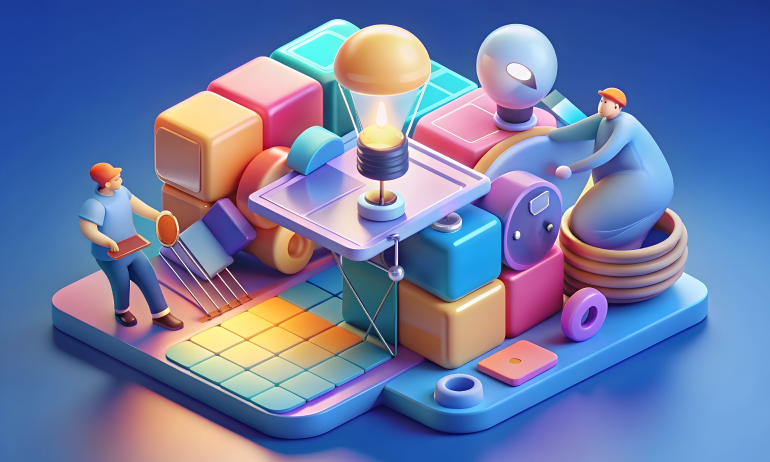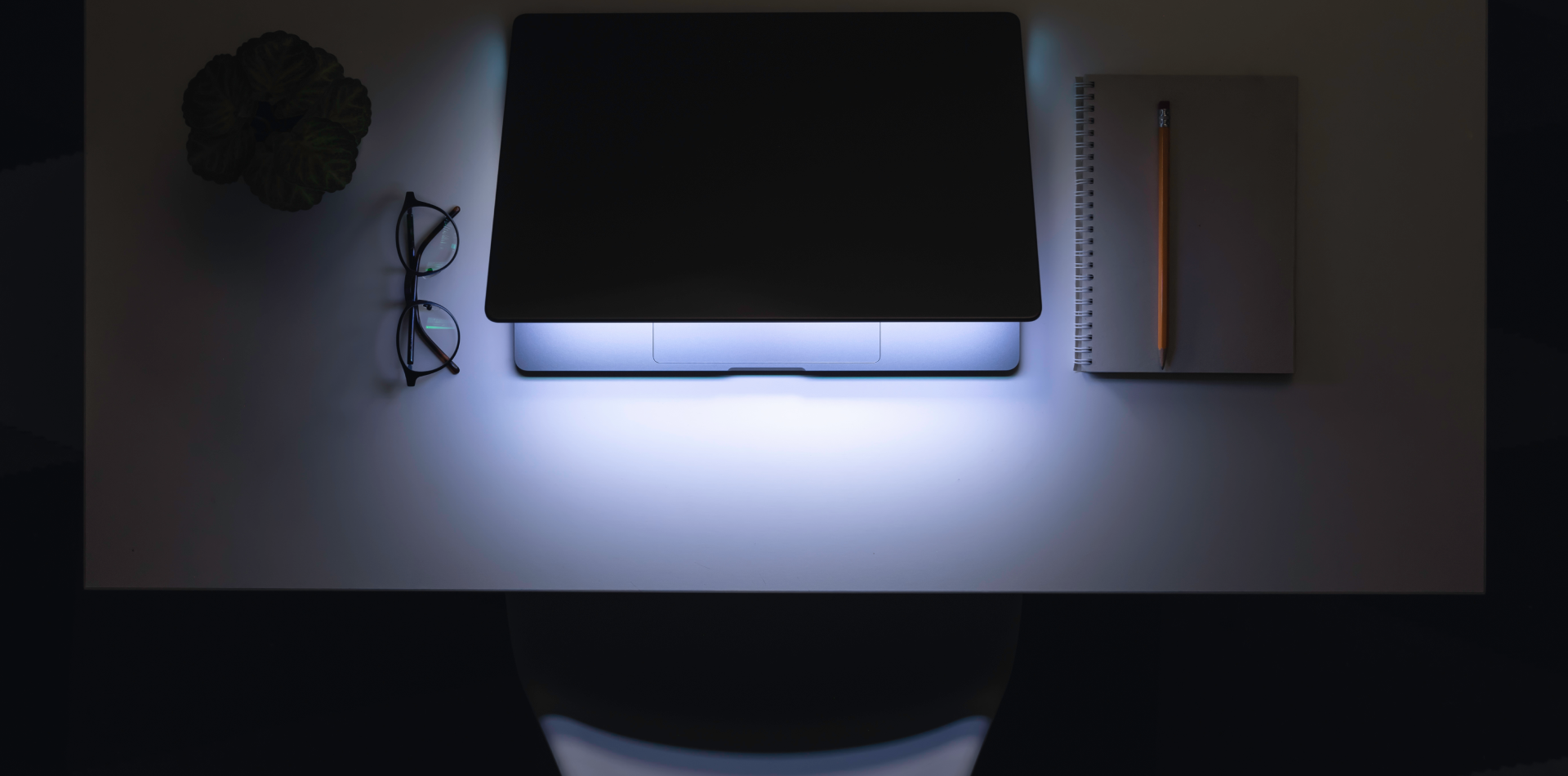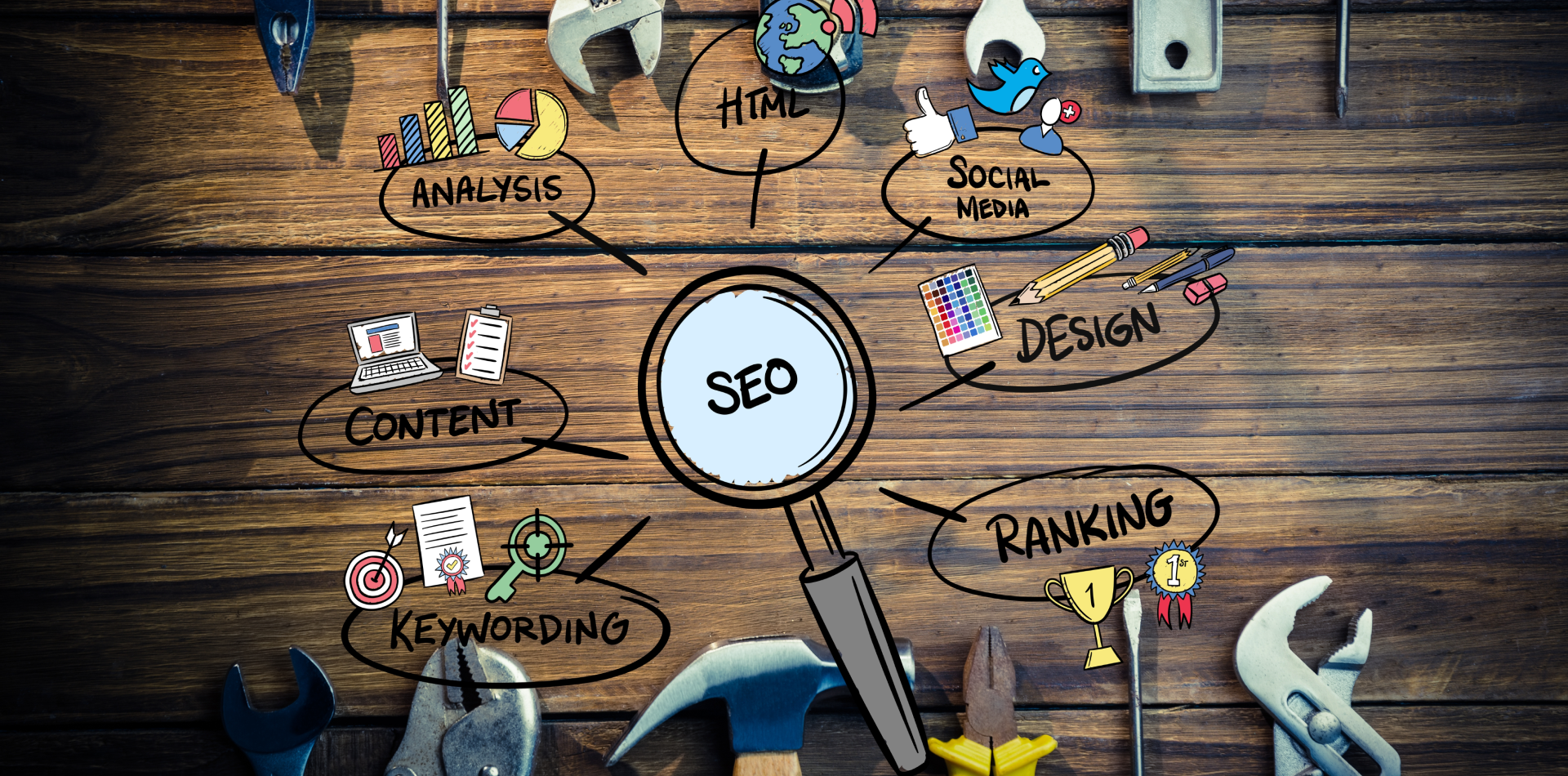Design Without Users Is Just Decoration
You can follow all the design trends, use the best tools, and polish every pixel—but if your users can’t use it, it doesn’t work.
User-centered design (UCD) is more than just a method. It’s a mindset—one that puts real users, their needs, behaviors, and goals at the core of every decision.
Whether you’re building an app, a website, or a dashboard, designing with users in mind isn’t optional. It’s essential if you want your product to be intuitive, accessible, and impactful.
Let’s break down why UCD matters—and how to implement it effectively.

💡 What Is User-Centered Design (UCD)?
UCD is a design philosophy that focuses on the end-user from start to finish.
🔹 It prioritizes user goals over business goals
🔹 It relies on research, not assumptions
🔹 It evolves through feedback and iteration
🔹 It results in products that are easier, faster, and more satisfying to use
It’s not about what you want the user to do—it’s about what they need to do, and helping them do it better.
🔍 1. Research First—Always
Great design begins with understanding the people you’re designing for.
📋 Conduct user interviews, surveys, and usability tests
🧠 Create user personas and journey maps
🔍 Identify pain points, motivations, and mental models
🎯 Let research shape features, flows, and priorities
Assumptions are expensive. Insight is profitable.
🧱 2. Structure Content Around User Needs
Forget flashy layouts—focus on usable information architecture.
📌 Organize content the way users think, not how teams are structured
📁 Label things clearly (no jargon or marketing fluff)
📊 Prioritize content based on user goals and context
🗺 Use consistent navigation patterns across the experience
If users can’t find it, they can’t use it—and they won’t stay.
🧠 3. Design Interactions That Feel Natural
Make every action intuitive and every result predictable.
🔘 Buttons should say exactly what they do
📲 Forms should be short, simple, and guided
📥 Feedback (like confirmation or errors) should be immediate and clear
📏 Flows should match user expectations—not force new habits
The best design feels like it’s reading the user’s mind.
🎯 4. Test Early. Test Often.
Design is never finished—it evolves through real feedback.
🧪 Use wireframes and prototypes for early testing
👂 Watch users interact with your design (live or recorded)
✍️ Note where confusion, hesitation, or frustration happens
🔁 Iterate fast—then test again
Validation isn’t weakness—it’s what makes your product strong.
🧩 5. Make Accessibility Non-Negotiable
If your design excludes users, it’s not user-centered.
🦯 Design for keyboard navigation and screen readers
🌈 Use color contrasts that work for all users
📱 Make everything mobile-friendly and responsive
🔓 Remove visual or cognitive barriers from core actions
Inclusivity = better design for everyone.
✨ Real-World Example: UCD in Action
A fitness startup launched an app that looked stunning—but user growth stalled.
What changed?
👥 Conducted interviews with non-tech-savvy users
📲 Simplified the onboarding to 3 steps
🔔 Added friendly nudges and visual cues for new users
🧠 Reduced jargon and replaced icons with clearer labels
📈 Result: Engagement improved by 50% in 3 weeks, and retention nearly doubled.
Design didn’t just change. The mindset changed—and the users felt it.
⚠️ Common Mistakes to Avoid
Even well-meaning teams miss the mark when they:
❌ Skip research to “move faster”
❌ Design for stakeholders, not users
❌ Overload pages with unnecessary features
❌ Assume accessibility can wait
❌ Ship without testing in the real world
User-centered design isn’t slower—it’s smarter.
🧾 Final Takeaway: Design for Real People, Not Perfect Personas
Your users aren’t personas—they’re real people with real problems. The more you design around their goals, emotions, and behaviors, the more useful—and loved—your product becomes.
Design for them, not for applause.
Because when users feel understood, supported, and empowered—they don’t just use your product. They stick around.
💬 How Do You Keep Users at the Center?
Do you use interviews, analytics, or user testing tools to guide your design? Drop your best UCD tip or framework in the comments 👇




3 Comments
Emma Brooks
28 April 2025Clarity is my non-negotiable. If users need to think about what to click, the design needs fixing. Brilliant breakdown!
Aiden Hughes
28 April 2025Accessibility really resonated with me here. It’s not optional anymore—it’s essential. Thanks for putting it front and center. 👏
Maya Ellis
28 April 2025Loved the real-world example about onboarding! Simple tweaks based on principles can drive massive change. Saving this!